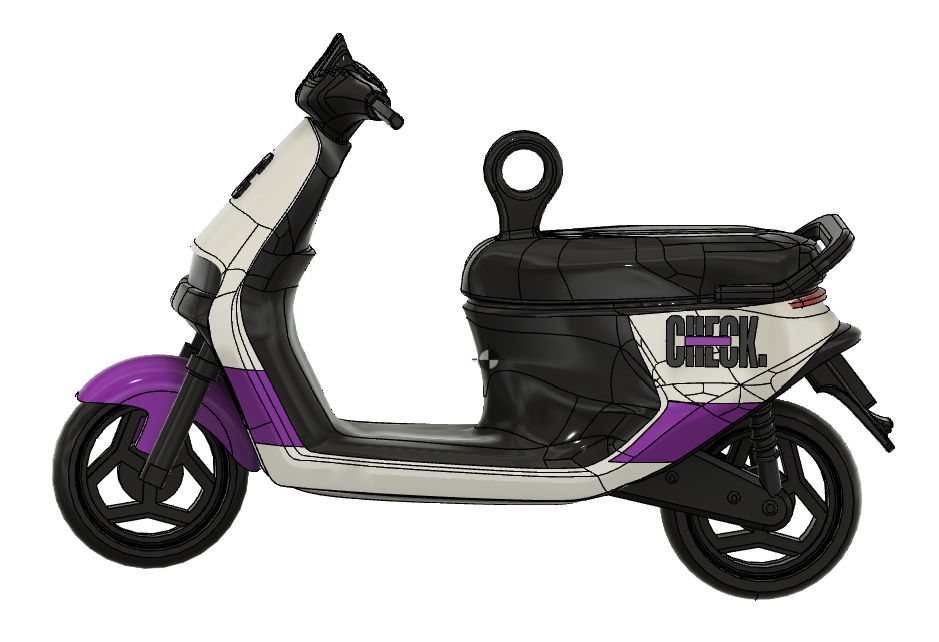Reverse Engineering
- Posted on
- By Maira
- Posted in 3d printing, 3D scanning, reverse engineering

Reverse engineering is a way of creating digital models from physical objects, so you can 3D print them. This means you can easily reproduce parts, update old designs, or customise products to meet your specific needs.
Why?
Reverse engineering is super useful if you want to recreate or improve existing products, but you don’t have the original 3D modes or files for them. All you need to do is bring the product to us! We’ll reverse engineer it, and make as many 3D-printed copies as you need. This service is also perfect if the product you need is no longer available on the market—if you have one copy, we can replicate it as many times as you like. For example, we once worked with a car dealership that needed to repair several cars, but found that the fog light casings for the bumpers weren’t available on the market anymore. Luckily, they had one intact casing. They brought it to us, and we created the replacements they needed so they could complete the repairs.
Process
We usually start the process by capturing the exact dimensions and features of the object through 3D scanning or by carefully measuring it by hand. If you have a product you'd like us to 3D scan or measure, you can drop it off or ship it to us—whichever is more convenient for you. Sometimes, the 3D scan doesn’t capture all the details we need, so we manually add back any lost details. You can see this in the photos below. Our client had requested that we make miniature versions of their real-life scooter, so we 3D scanned it. Unfortunately, the scanned version (first photo) was quite rough, and needed quite some work. One clear example of this is the rear wheel, which was lacking the characteristic gaps between the spokes. We added these in by hand, just like many of the other features you can see in the second photo.

The rough, scanned version.

The polished version, featuring much more detail.
Finalising
It’s important to keep in mind that all features aren’t printable. Often, we have to edit a scanned model to optimise it for 3D printing. This usually involves removing any steep overhangs (more than 45°), and making certain parts thicker so that they’re more sturdy and durable. When tight fits are involved, we also do a test print to make sure that the tolerances are accurate.
Drawbacks
It’s possible that the final product won’t look exactly like the original. Chances are, the original product wasn’t 3D printed. Using a different production technique and material to replicate it means that there might be differences in appearance. We also can’t always guarantee that the replica will perform as well as the original, particularly for high-stress parts like gears. Furthermore, reverse engineering is quite an expensive service, and might not always be a cost-effective choice. For example, if you want to replace the knob of a €30 blender, then the replacement knob would cost you more than the blender itself!
In many cases, reverse engineering can be a great solution, whether you want to recreate hard-to-find parts or improve existing designs. It also allows you to customise products to fit your specific needs. Contact us to get started!

